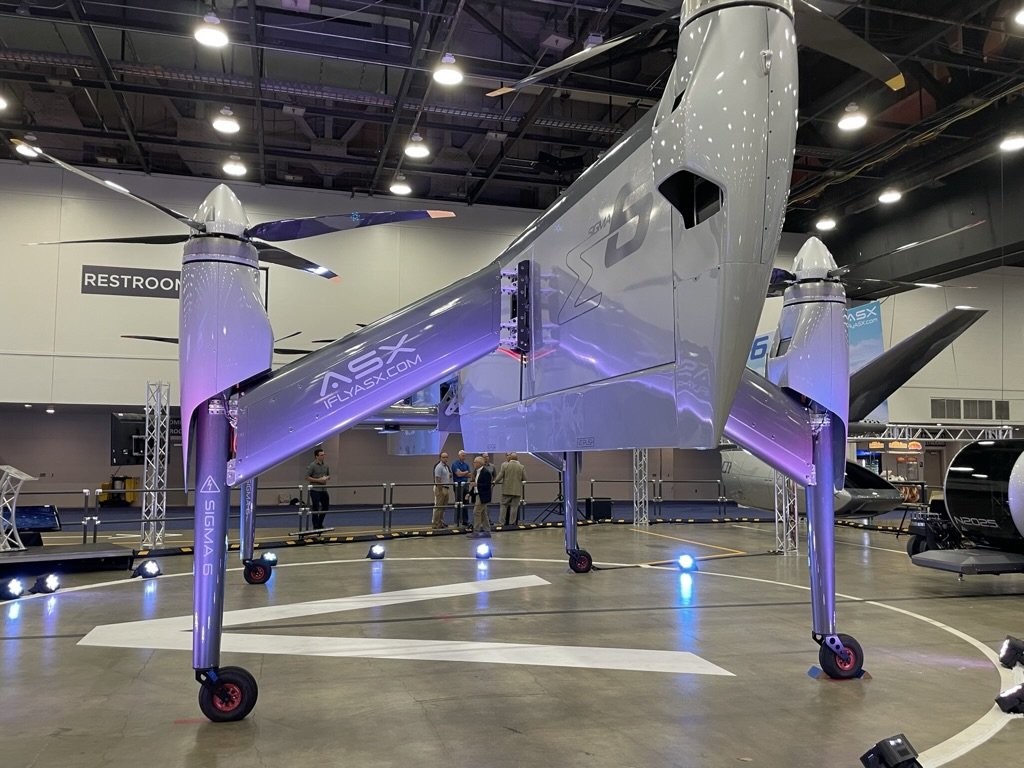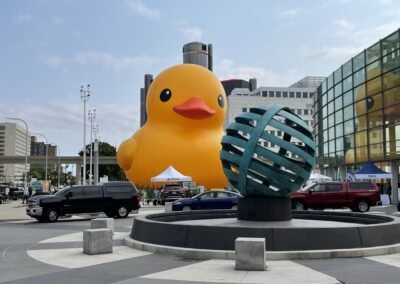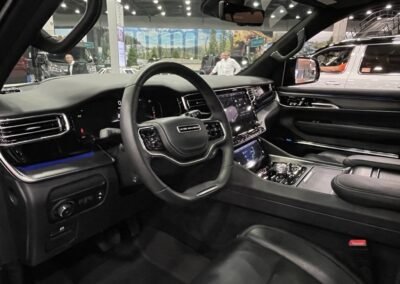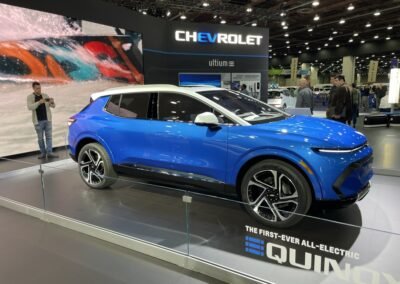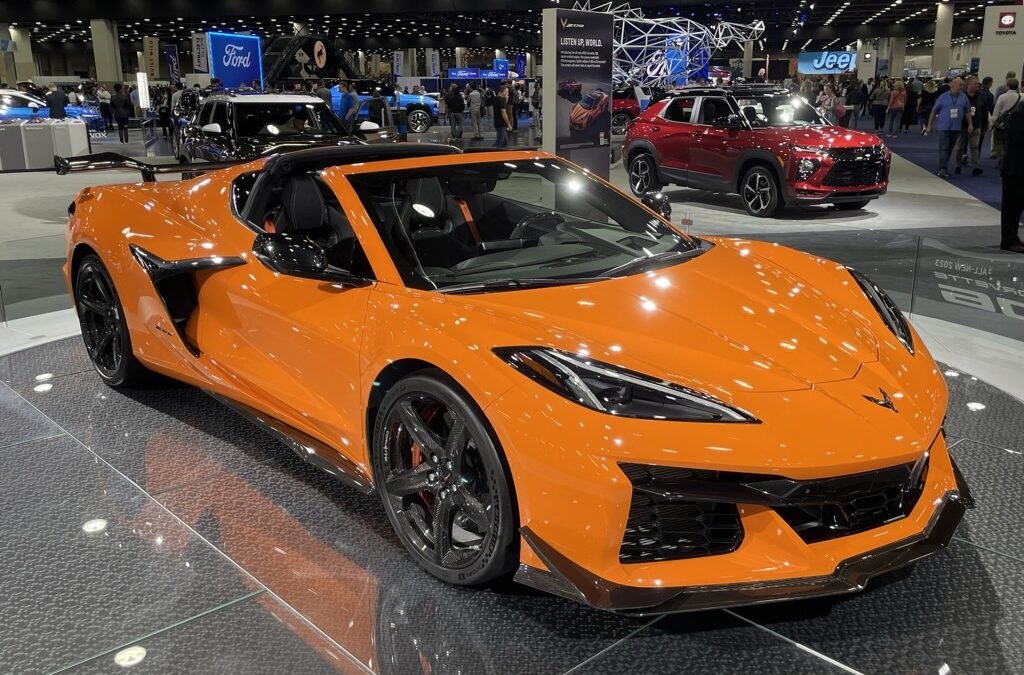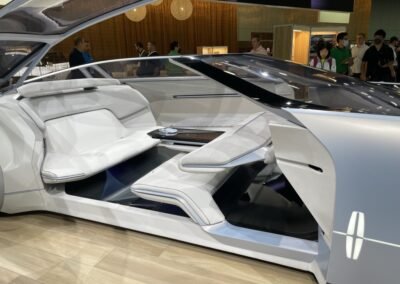Detroit Auto Show Insights 2022
Returning for the first time in three years, the Detroit Auto Show was held this past month in downtown Detroit. Also known as the North American International Auto Show, this longstanding event had not been hosted for the last few years due to shifting trends in the mobility space along with the pandemic. While this event used to be a showcase for OEM car companies and their Tier One suppliers as well as a time to reconnect with industry friends and stay up to date on emerging trends, it seems that even after a three-year hiatus, things have not quite returned to normal.
Much has been written about the demise of the Detroit Auto Show. The downward spiral for this annual event started long before the pandemic. This event used to be held each year in early January. As many are well aware, winter in Detroit is not an ideal environment with sub-zero temperatures and winds. In addition, the show fast followed the holidays every year. Although the venue at Cobo Hall was wonderful, the timing for the event always seemed difficult.
Things had to change, and the pandemic accelerated a shift in the automotive industry. Everything was turned upside down and inside out as we all navigated through our new landscape of uncertainty and reduced budgets. The team at Fredrick's Design worked from home from March through June 2020. Like our clients, we were trying to find our way through a new landscape. We were running a lean organization going into the pandemic.
In many ways, our experience as a design and engineering firm is analogous to the industry as a whole. The auto show is trying to build a new foundation in the epicenter of the automotive world. There is a deep and rich legacy to draw from while the City of Detroit is transformed over the next several years. Given this legacy and the recent environment, everyone was expecting so much more from the show this year. Unfortunately, the event did not meet those expectations.
The number of companies with exhibits was disappointing. Many of the leading foreign brands either did not show up or, worse yet, put forward a half-hearted effort to provide a few cars in bare-bones exhibits. The domestic brands expanded their footprint to vast spaces. This was an obvious attempt to fill the exhibit hall at discounted rates. There were even exhibits from a retail car company and a small exhibit for a furniture retailer.
While many of the displays were a disappointment, it was refreshing to see an EVTOL company with a full-scale urban transport aircraft on display. This, at least, provided a glimpse of the future plans for the show. Urban mobility has been a prevailing theme at CES over the past several years.
The number of concept cars was dramatically reduced from previous years. There are so many more cost-effective ways for concept reveals. It was disappointing that the OEM brands held back to play it conservatively in Detroit this year. The industry is starving for signals that things will return to some level of healthy activity.
To close, the transportation or automotive industry is now being referred to as “new mobility”. Leading brands are in the midst of reorganizing to find a footing in a sea of turbulent change. Total unit sales are down and there is no end in sight for the big problems for large companies. In a world of change, agility and decisiveness are key elements to the execution of innovation. In many ways, this landscape is a template from the shift in the furniture industry that began years ago.


